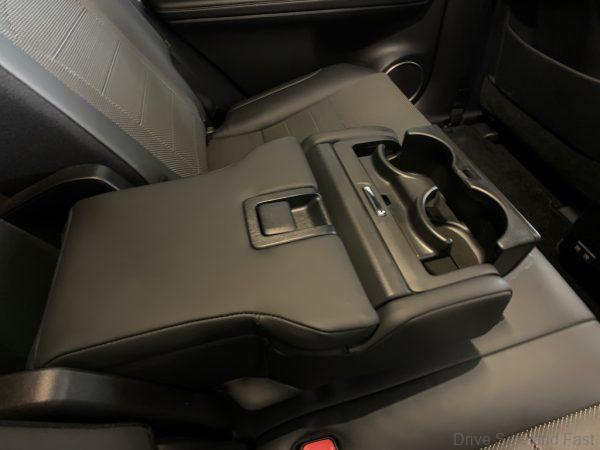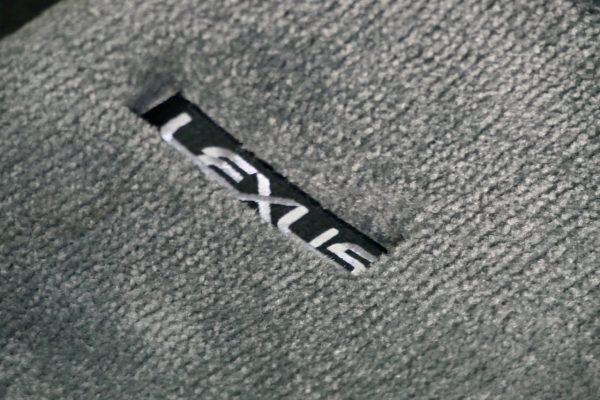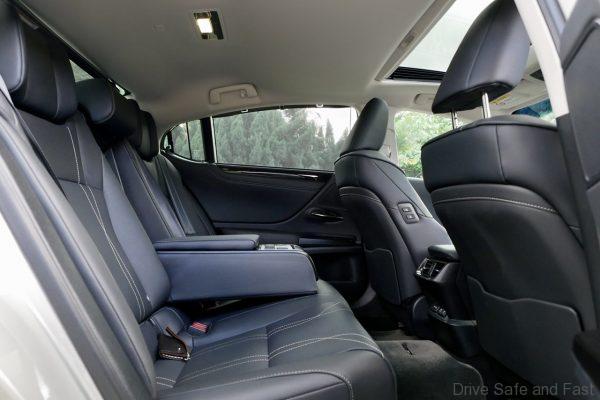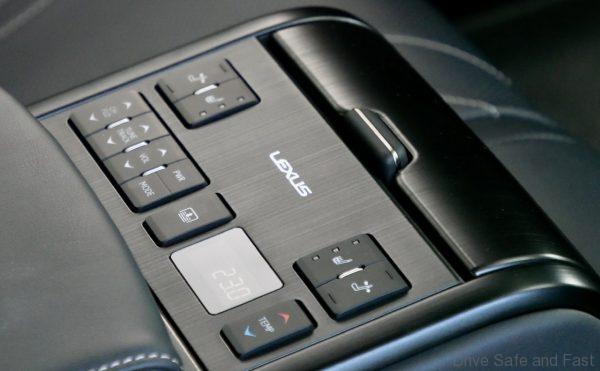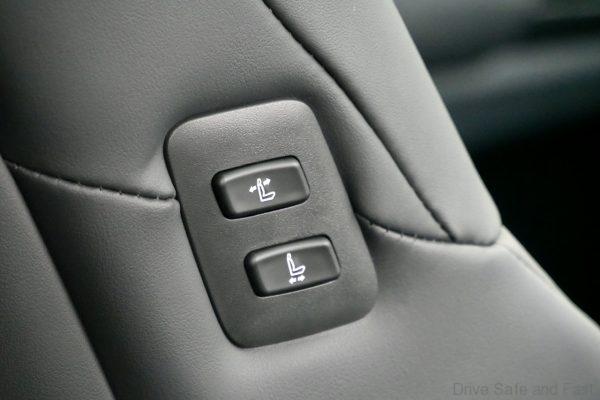A huge shift in the car industry happened in the 1990s when Lexus proved that Japanese carmakers could exceed benchmarks set by German engineers. We didn’t really feel the impact of this shift right away, but I distinctly remember seeing a traditional E-Class buyers in my City moving towards Toyota and grey market Lexus SUVs by the time the 2000s rolled around.

In fact, for much of the 2000s, the Lexus RX/Toyota Harrier had effectively replaced the E-Class as the go-to reliable, luxury comfort cruiser in Malaysia.

Strangely enough, neither car was officially available at the time, with Lexus only entering the Malaysian market in 2006 with their LS and GS sedans.
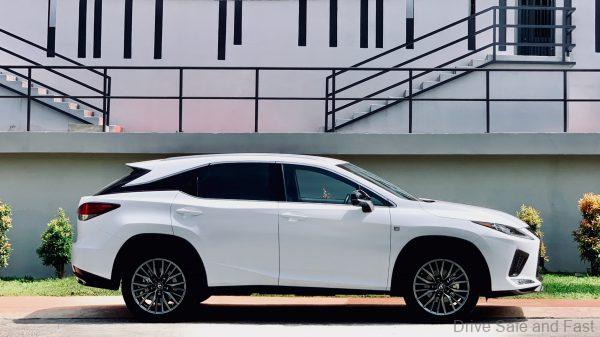
Today though, the story is not the same. The RX and Harrier have been split up and are quite distinct vehicles. They’re also both available through official channels now and receive periodic upgrades as the models are refreshed in Japan. The RX has been taken particularly seriously by Lexus Malaysia at least since this generation’s launch in 2015. But four years, a nomenclature upgrade and a facelift later, here’s where we are.

The Lexus RX 300 we had for the weekend was launched in Malaysia in September 2019. This facelift model carries forward the same 8AR-FTS 2-litre turbo engine that debuted on the base model RX 200t in 2015. By 2018, that engine came to power ALL variants of the RX to a tune of 235hp and 350Nm of torque. You might expect Lexus to have paired the engine to one of Aisin’s 8-speed gearboxes, but all we get is the same old 6-speed automatic from before.

So what exactly does this facelift entail? Well, the design revisions are definitely subtle, but noticeable. Starting at the front, we have a cleaner, trapezoidal looking headlight cluster. The previous design had a funky looking cutout that may not have appealed a lot of buyers.

The internals of the new headlights have been redesigned, along with the LED daytime running lights. Slimmer triple LED projectors are housed within the headlamp enclosure and they’re outfitted with Lexus Adaptive Highbeam System with Bladescan. Check out Bladescan in action in the video below.
The taillight graphic has also been redesigned, but the housing shape around the back looks unmodified. Sheet metal also looks unchanged on the facelift, so the side view of the car will be hard to distinguish from older models.

That being said, the lower elements, including both bumpers have seen a redesign. Like the rest of this facelift, it’s a subtle change that might escape most passers-by. The front bumper on the F-Sport trim does get a little bit of extra grille trim on the “cheeks” with the LED foglights being moved lower down.

Perhaps the most significant visible change to come to the 2019 Lexus RX 300 is the addition of a 12.3” infotainment display with Android Auto and Apple Carplay on all but the base model. It’s an excellent, bright, high-resolution display that is controlled by a touchpad with great haptics. It’s actually a pretty good interface, but some may find it a little unintuitive at first.
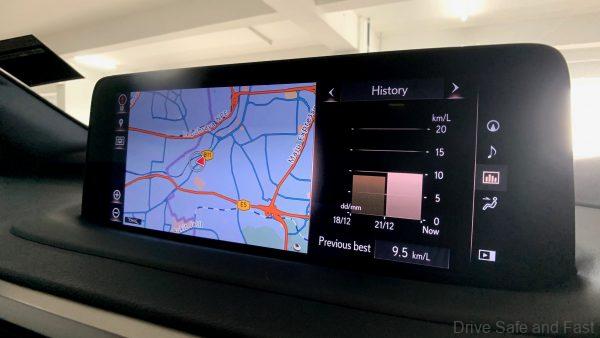
The instrument cluster now also features a customisable digital element to it, which is done really well. Animations are crisp and smooth. The analogue element to the right features an oil temperature and fuel level gauge.

All in all, we think the Lexus RX 300 looks a little cleaner than before, but otherwise not enough has changed from the original model to change anyone’s opinion on how the car looks. If you didn’t like it before, we don’t think you’re going to like it now.

Conversely, if you always found the Lexus look appealing on this generation of RX, there’s a little more to love this time around, especially with the more modernised cabin with more options.
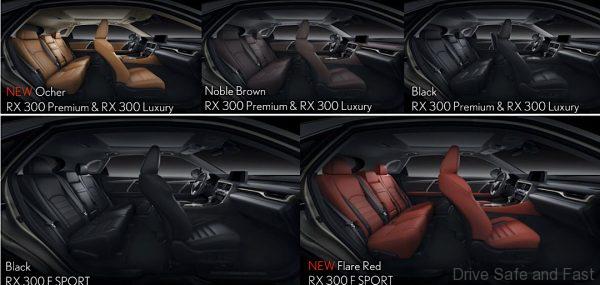
Otherwise, the most meaningful changes in this new RX come in terms of safety and dynamics.
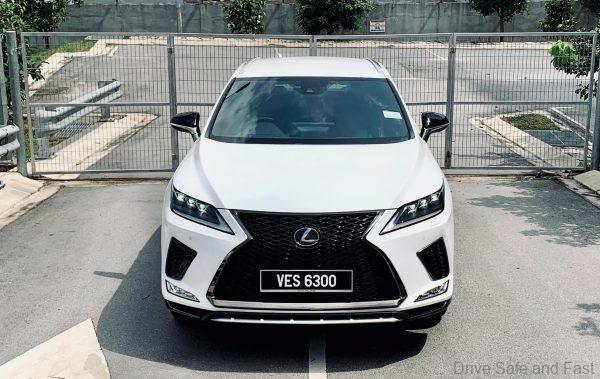
The facelifted Lexus RX comes with stiffer rolls bars and new dampers to upgrade the car’s ride and handling. The RX 300 F Sport we drove has additional improvements, including Adaptive Variable Suspension and additional spot welds and adhesive for a stiffer chassis that’s less prone to understeer.

For the first time, the RX is equipped with the Lexus Safety System+. Among other things, this brings a collision warning and autonomous emergency braking system, along with a lane keeping system and Dynamic Radar Cruise Control.
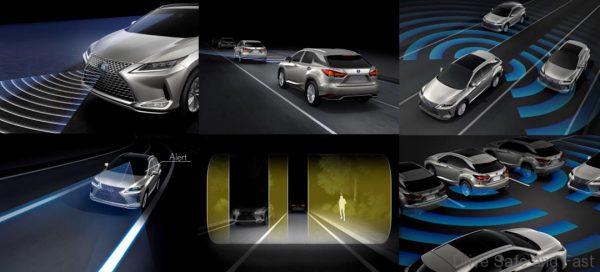
While the 2-litre turbo and 6-speed shifter has been a staple of the RX line for years now, this is actually the first time I got to sample it first hand. I have experienced the RX 350L of this generation with its lumpy but reliable 3.5-litre V6 and I have also had time behind the wheel of the Toyota Harrier with this powertrain.

I think Lexus did a good enough job with the 2-litre. It’s not as rapid as a Volvo T5, but I think the way Lexus tuned the engine to get along with the 6-speed makes more sense in day-to-day driving, especially for the typical RX customer. It’s fast when you need it to be, but it gets there in a very predictable and pleasant way despite weighing nearly 2 tons.

I have to say the chassis improvements definitely show. I remember driving the RX 350 L in 2017 and feeling very discouraged from driving any faster than the speed limit. This new RX can more than handle the power it has under the hood.

I do prefer this engine and gearbox in the Toyota Harrier though, even if the RX offers AWD as standard. I think it’s mostly down to expectations. In the Harrier, you don’t expect a fast SUV but that is actually what you get. The Lexus RX competes in a segment of the market where speed is expected, and it just about delivers on that expectation. But competitors like XC90 T5, for example, are heavier but also faster than the RX 300, so it’s hard to be impressed.

The RX has more or less been the gold standard for those looking for a luxury SUV that prioritises comfort. Nothing much has changed in this generation.
The front seats are among the best that I’ve ever sat in, there’s a nice wireless Qi charger, great ergonomics and loads of tactile buttons to press.
The width of RX, while not the best in segment, is more than sufficient.

However, I did notice something about the rear passenger compartment in the RX – it’s not that impressive. Lexus did not make great use of the RX’s impressive length. There’s barely enough thigh support when I’m sitting behind the driver’s seat when it’s set to my own driving position. What’s more, there’s really nothing opulent about the back seat experience.
It’s not terrible, but you just wouldn’t want to be chauffeured around in the RX, I think. Consider the other option that Lexus offers, the ES 250. That thing had much more legroom, plusher seats, a soft and thick floor mat as well as climate controls mounted in the rear armrest. Come to think of it, the ES has a longer wheelbase than the RX too.
So, while the RX is undeniably a comfortable machine, I think it hasn’t really taken full advantage of its size. For the front occupants, things are great. In the rear, they’re good but nothing to write home about.

There is one saving grace though, and that’s the boot space. The RX is capable of moving 520L worth of stuff in the rear with the seats up. It comes equipped with power folding seats, which expands this cavernous room by a significant degree and provides a flat loading area too.
At RM440,000, the Lexus RX 300 F Sport isn’t the most affordable car in this segment but it is one of the most affordable fully-imported vehicles in the segment. We really liked the car’s build quality, overall fit and finish was suitable to the premium segment and the tuning of the 2-litre, while a little on the conservative side, felt like it was done on purpose to improve the motor’s longevity.

The RX was made with buyers who have the long term in mind, from the robust powertrain to the self-healing paint job. Many of its rivals have already started making electrified motors the ONLY option in this segment and we all know that long warranties still don’t compensate for good old fashion reliability and the resale value it preserves.
Perhaps the F Sport trim is a little bit excessive for the target RX market. We’d recommend looking at the RX 300 Luxury trim level instead. You still get most of the new equipment and design changes. The engine’s the same too.

Lexus RX 300 F Sport Specifications
Engine: Inline-4, 16-Valve, DOHC, Turbocharged Petrol
Capacity: 1,998cc
Gearbox: 6-speed Conventional Automatic with AWD
Max power: 235hp @ 4800-5600rpm
Max torque: 350Nm @ 1650-4000rpm
Top Speed: 200 km/h
0-100 km/h: 9.5 seconds
Price: RM439,888 (RM424,187.00 with PENJANA SST Discount)






